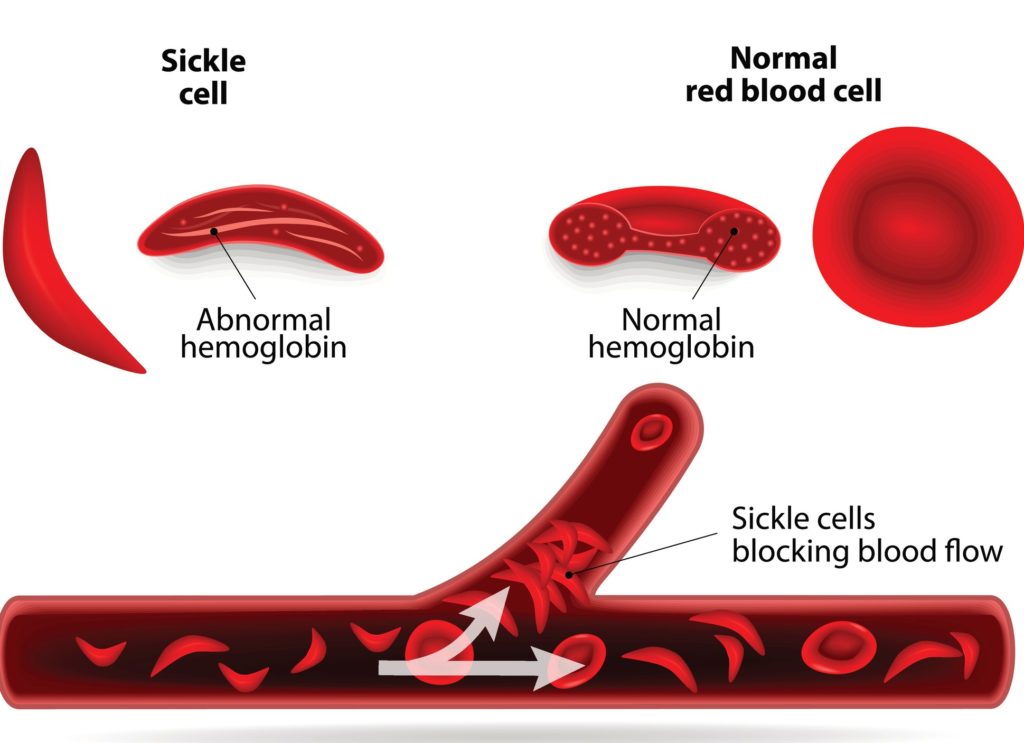
For the first time in 20 years, the FDA has approved two transformative new treatments for the approximately 100,000 people with sickle cell disease (SCD). One new med will prevent the excruciating pain of SCD while the other is formulated to prevent organ damage.
“After decades of waiting, there is now a treatment option that could change the course of this disease," Beverley Francis-Gibson, president and CEO of the Sickle Cell Disease Association of America, said in a news release. “Hope has never been higher for people living with sickle cell disease with a pipeline of new treatments on the horizon.
The opportunity before us in the coming months and years is profound and historic because, in most cases, medications treat disease complications or symptoms but not the condition itself. Finally, these two new medications the U.S. Food and Drug Administration (FDA) recently approved for Sickle Cell Disease are vastly different in that respect.”
Adakveo (crizanlizumab)
Manufactured by Novartis, Adakveo can prevent vaso-occlusive episodes of unbearable pain that occur when malformed blood cells get caught in blood vessels. Vaso-occlusive crisis is extremely painful and is a frequent reason for emergency department visits and hospitalization for patients with sickle cell disease.
Adakveo is administered by infusion once per month and you must be at least 16 years to be approved to use. The side effects are moderate including nausea, back or joint pain and fever. Infusion dosage depends on patient’s weight.
Oxbryta (voxelotor)
Developed by Global Blood Therapeutics, Oxbryta is an oral, once a day tablet that was developed for patients 12 years and over to help prevent severe anemia from SCD that can lead to permanent damage to the brain and other organs.
By increasing hemoglobin’s affinity to oxygen, it halts polymerization (the root cause of SCD) which is the clumping and sticking together into rigid long rods that deform blood cells.
Researchers say Oxbryta can reduce patients’ risk of stroke as well as the need for blood transfusions. Most common side effects are headache, diarrhea, nausea, rash, fever and tiredness.
NEXT, THE NOT SO GREAT NEWS.
Adakveo and Oxbryta could both be revolutionary treatments for Sickle Cell Disease but each costs approximately about $100,000 per year and must be taken for life!
The cost for Oxbryta oral tablet 500 mg is around $10,885 for a supply of 90 tablets. Oxbryta is available as a brand name drug only, a generic version is not yet available. Adakveo costs between $7,000 and $9,500 a month.
The management of sickle-cell disease is already expensive because of health complications and repeated hospitalizations. It now costs an average of about $10,000 a year to treat children, and roughly $30,000 a year to treat adults for complications like pain crises, organ damage and strokes.
Unfortunately, for many, the devastatingly expensive annual cost of these drugs only proves the claims about the average person not having fair access to cutting edge medicines.
CHECK WITH YOUR DOCTOR TO DISCUSS OBTAINING THESE NEW SICKLE CELL DISEASE INNOVATIONS.
After discussing these innovative new medications with your doctor or specialist, you may find the hope you’ve been looking for in managing your Sickle Cell.
Don’t let the huge price tags frighten you! Check with your insurance provider and remember that patient assistance programs (PAPs) are usually sponsored by pharmaceutical companies and provide free or discounted medicines to low income or uninsured and under-insured people who meet specific guidelines. Eligibility requirements vary for each program.

With these two new drugs, people with sickle cell disease have much to look forward to and, hopefully, a cure is within reach.
Before these two new drugs for this inherited blood disorder that primarily affects African Americans, and causes painful crises that can put those living with it in the hospital regularly, living with the disease was difficult.
This disease was once thought to be incurable until the discovery of bone marrow transplants. It is currently the only available “cure” for Sickle Cell Disease although ongoing research in gene therapies hold great promise.
All these new advancements in sickle cell disease should give sickle cell patients a more positive outlook on the future.








